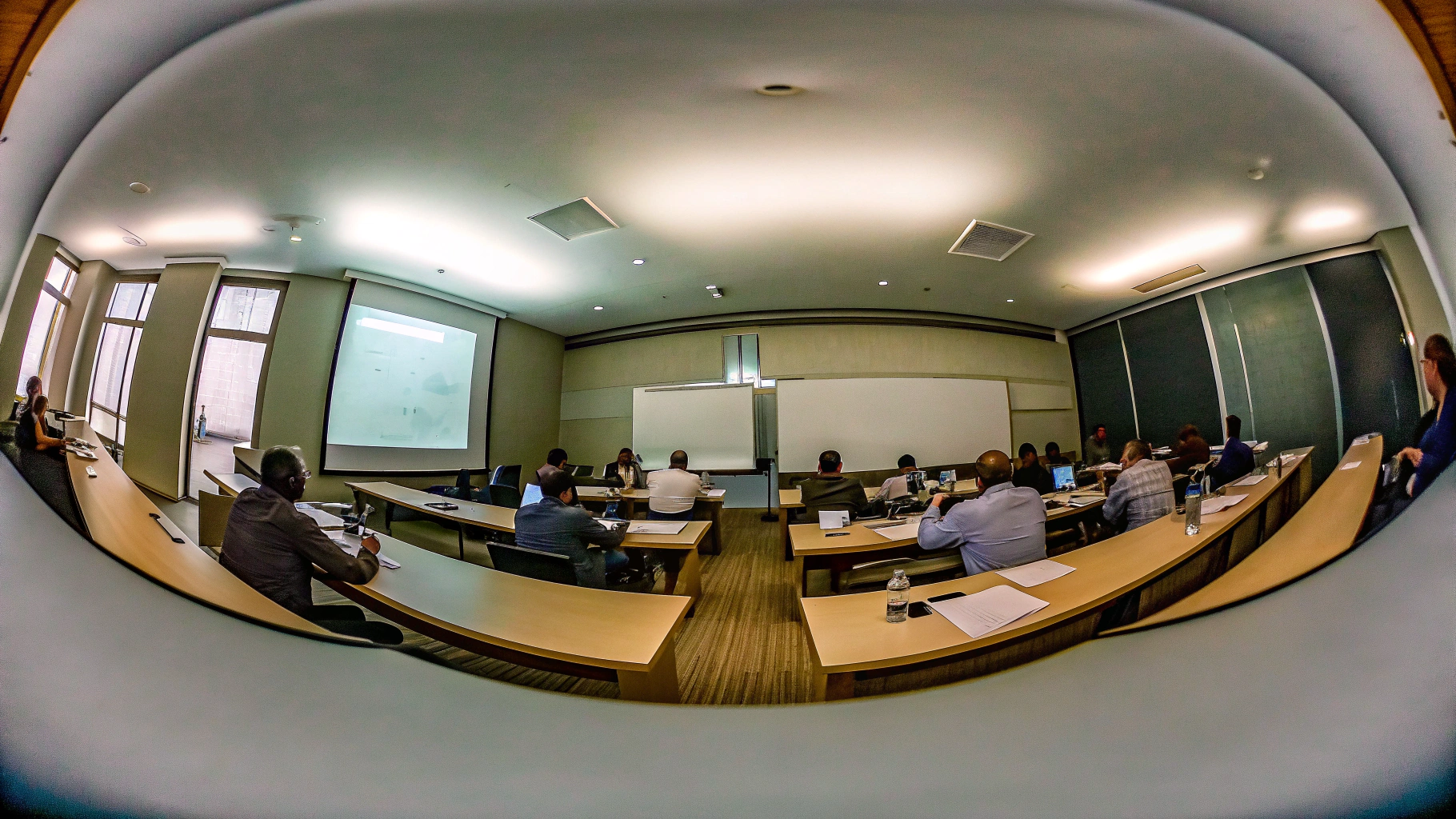4 Best Practices for Effective GMP Documentation Management

Overview
The primary focus of this article is to delineate the best practices for effective GMP (Good Manufacturing Practice) documentation management. It underscores the critical importance of structured document control, regular audits, and comprehensive training to ensure compliance and enhance operational efficiency. Evidence from organizations that have successfully implemented these best practices supports the assertion that such measures lead to improved performance.
Introduction
Navigating the complexities of Good Manufacturing Practices (GMP) documentation presents a significant challenge for organizations within the pharmaceutical sector. With stringent regulations imposed by authorities such as the FDA and EMA, the stakes for maintaining compliance are unprecedentedly high. This article explores essential best practices that not only streamline GMP documentation management but also enhance operational efficiency and accountability. In light of the continuously evolving regulatory landscape, how can companies ensure they stay ahead of the curve while effectively minimizing the risk of non-compliance?
Understand GMP Documentation Requirements
To effectively manage GMP records, organizations must grasp the such as the FDA and EMA. Key components of a successful GMP documentation management system include:
- Document Control: Implement a structured system for creating, reviewing, approving, and revising documents, ensuring that only the most current versions are utilized. This is essential for maintaining compliance and operational integrity.
- Record Keeping: Precise records of all manufacturing processes, control tests, and deviations must be preserved to ensure a clear audit trail. This practice not only supports compliance but also enhances transparency and accountability.
- Standard Operating Procedures (SOPs): Develop comprehensive SOPs that detail the processes for all critical operations. This guarantees consistency throughout the entity and compliance with regulatory standards, which is essential for upholding quality.
- Change Control: Establish a robust change control process to manage modifications to documents and processes. This ensures that all changes are documented, approved, and communicated effectively, minimizing the risk of errors and non-compliance.
By thoroughly comprehending these requirements, entities can construct a robust structure for managing GMP documentation and records. This approach not only mitigates the risk of non-compliance but also enhances operational efficiency, ultimately contributing to the overall success of pharmaceutical operations.

Implement Best Practices for GMP Documentation Management
To enhance GMP documentation management, organizations must embrace essential best practices:
- Centralized Document Management System: Implementing a digital document management system is crucial for facilitating easy access, version control, and secure storage of all GMP-related documents. This strategy streamlines document retrieval and minimizes the risk of errors associated with manual management, which is often time-consuming and prone to inaccuracies.
- Standardization of Formats: Developing standardized templates for critical documents, such as Standard Operating Procedures (SOPs), batch records, and validation protocols, ensures uniformity across the organization. This simplification aids staff in comprehending and adhering to record-keeping standards. Industry experts assert that standardized formats can significantly reduce the time spent on document creation and revision, leading to enhanced efficiency.
- Regular Updates and Maintenance: Scheduling periodic reviews of all records is imperative to ensure they remain current and reflect any changes in processes or regulations. Ongoing enhancement methods, including frequent evaluations, enable organizations to adapt to evolving industry norms and ensure compliance with Good Manufacturing Practices (GMP).
- User-Friendly Access: Ensuring that all employees have easy access to necessary documents can be achieved through an intranet or shared drive. This accessibility fosters compliance with procedures and cultivates a culture of quality, as employees are more inclined to follow established protocols when they can readily find pertinent resources.
By implementing these best practices, organizations can significantly enhance their GMP documentation management, resulting in improved compliance and operational effectiveness. Statistics reveal that organizations utilizing centralized document management systems experience a notable increase in efficiency, with some reporting up to a 50% improvement in process throughput. This not only supports regulatory compliance but also contributes to the overall quality of products within the life sciences sector.

Conduct Regular Audits and Reviews of GMP Documentation
Conducting regular audits and reviews of GMP documentation is essential for maintaining compliance and identifying areas for improvement. Organizations should:
- Establish an Audit Schedule: Develop a routine schedule for internal audits to evaluate the effectiveness of documentation practices and adherence to GMP requirements. This proactive approach minimizes the risk of non-compliance and fosters a culture of continuous improvement.
- Utilize Checklists: Create detailed checklists aligned with GMP standards to ensure thorough reviews of all required materials during audits. This structured method enhances the thoroughness of the audit process and helps identify .
- Engage Cross-Functional Teams: Involve representatives from various departments in the audit process to gain diverse perspectives and insights into documentation practices. This partnership not only enhances the audit results but also encourages a shared accountability for excellence throughout the company.
- Document Findings and Action Plans: Record audit findings meticulously and develop actionable plans to address any identified deficiencies. Ensuring accountability and follow-up on these action plans is essential for ongoing enhancement and maintaining high standards of management.
By adopting these best practices, organizations can efficiently manage their GMP documentation, greatly minimizing the chance of non-compliance and improving overall management standards. As Will Durant pointed out, "Companies that emphasize maintaining their records audit-ready not only experience less stress during inspections but also show a dedication to excellence that resonates positively with auditors." Additionally, it is important to be aware of common pitfalls such as poor preparation and insufficient training, which can hinder the success of GMP audits. Frequent audits, usually spanning from 1 to 5 days, demand extensive preparation, often requiring several weeks to months, to guarantee that all records are complete and current. Furthermore, AVS Life Sciences provides customized consulting services that can help businesses improve their GMP record-keeping processes, ensuring adherence to regulatory standards and enhancing overall quality management.

Enhance Training and Continuous Improvement in GMP Practices
To ensure effective management of GMP documentation, organizations must prioritize training and continuous improvement.
- Regular Training Sessions: Conduct comprehensive training sessions for all employees involved in GMP processes. This guarantees proficiency in record-keeping requirements and best practices, essential for upholding compliance with current Good Manufacturing Practices (CGMP). Integrating Standard Operating Procedures (SOPs) into training enhances comprehension and adherence to record-keeping standards.
- Feedback Mechanisms: Establish robust feedback systems to gather input from employees regarding record-keeping processes. This approach allows organizations to implement ongoing enhancements based on real-world experiences, fostering a responsive and adaptive management system. Effective feedback systems are crucial to prevent non-compliance, as any drug produced by a non-compliant company is deemed 'adulterated' under FDA regulations.
- Stay Updated on Regulations: Encourage employees to remain informed about changes in GMP regulations and industry standards. This can be achieved through workshops, webinars, and professional development opportunities, ensuring that the workforce possesses the latest knowledge to maintain compliance. AVS Life Sciences offers resources and training to keep teams updated on the latest regulatory changes, including updates to SOPs and documentation practices.
- Promote a Culture of Excellence: Cultivate a workplace culture that prioritizes excellence and compliance. By motivating staff to take responsibility for their roles in upholding GMP standards, companies can enhance accountability and commitment to excellence practices. AVS Life Sciences champions a culture of excellence as a cornerstone of effective regulatory compliance.
By enhancing training and promoting continuous improvement, organizations can develop a knowledgeable workforce dedicated to maintaining high standards of GMP documentation management. This proactive approach aligns with and mitigates risks associated with non-compliance, ultimately ensuring the safety and efficacy of pharmaceutical products. The FDA's inspections of pharmaceutical manufacturing facilities underscore that adherence to CGMP regulations is critical for ensuring product quality and safety.

Conclusion
Effective management of Good Manufacturing Practice (GMP) documentation is crucial for organizations aiming to achieve compliance and operational excellence within the pharmaceutical industry. By thoroughly understanding and implementing the requisite standards and best practices, companies can establish a robust framework that not only meets regulatory expectations but also enhances overall efficiency.
Key strategies include:
- The establishment of a centralized document management system
- The standardization of documentation formats
- The execution of regular audits
- The prioritization of employee training
These measures ensure that documentation is accurate, accessible, and compliant with the ever-evolving regulatory landscape. Furthermore, cultivating a culture of continuous improvement and accountability among staff members significantly strengthens the management of GMP documentation, ultimately resulting in superior product quality and safety.
In conclusion, organizations must acknowledge the critical significance of effective GMP documentation management as a foundational element of their operational strategy. By adopting these best practices and committing to ongoing training and improvement, companies can mitigate risks associated with non-compliance while positioning themselves as leaders in the life sciences sector. Taking decisive action today will pave the way for a more compliant, efficient, and quality-driven future in pharmaceutical manufacturing.
Frequently Asked Questions
What are the key components of a successful GMP documentation management system?
The key components include Document Control, Record Keeping, Standard Operating Procedures (SOPs), and Change Control.
What is the purpose of Document Control in GMP documentation?
Document Control ensures a structured system for creating, reviewing, approving, and revising documents, allowing only the most current versions to be utilized, which is essential for compliance and operational integrity.
Why is Record Keeping important in GMP?
Record Keeping is important because it preserves precise records of all manufacturing processes, control tests, and deviations, ensuring a clear audit trail that supports compliance and enhances transparency and accountability.
What role do Standard Operating Procedures (SOPs) play in GMP?
SOPs detail the processes for all critical operations, guaranteeing consistency throughout the organization and compliance with regulatory standards, which is essential for maintaining quality.
What is the significance of Change Control in GMP documentation?
Change Control is significant because it establishes a robust process to manage modifications to documents and processes, ensuring all changes are documented, approved, and communicated effectively, thereby minimizing the risk of errors and non-compliance.
How can understanding GMP documentation requirements benefit organizations?
Understanding GMP documentation requirements helps organizations construct a robust structure for managing documentation and records, mitigating the risk of non-compliance and enhancing operational efficiency, contributing to the overall success of pharmaceutical operations.
